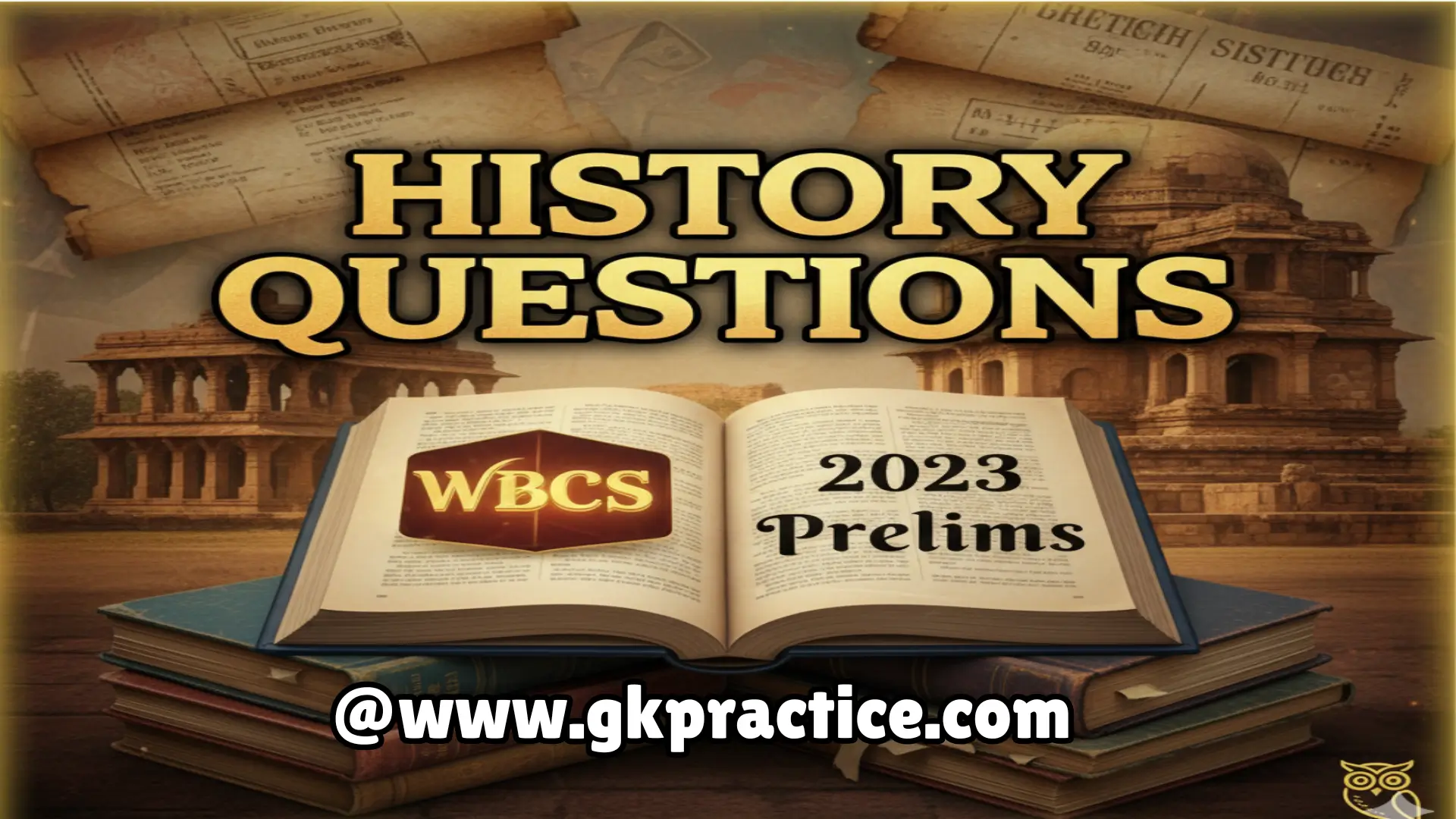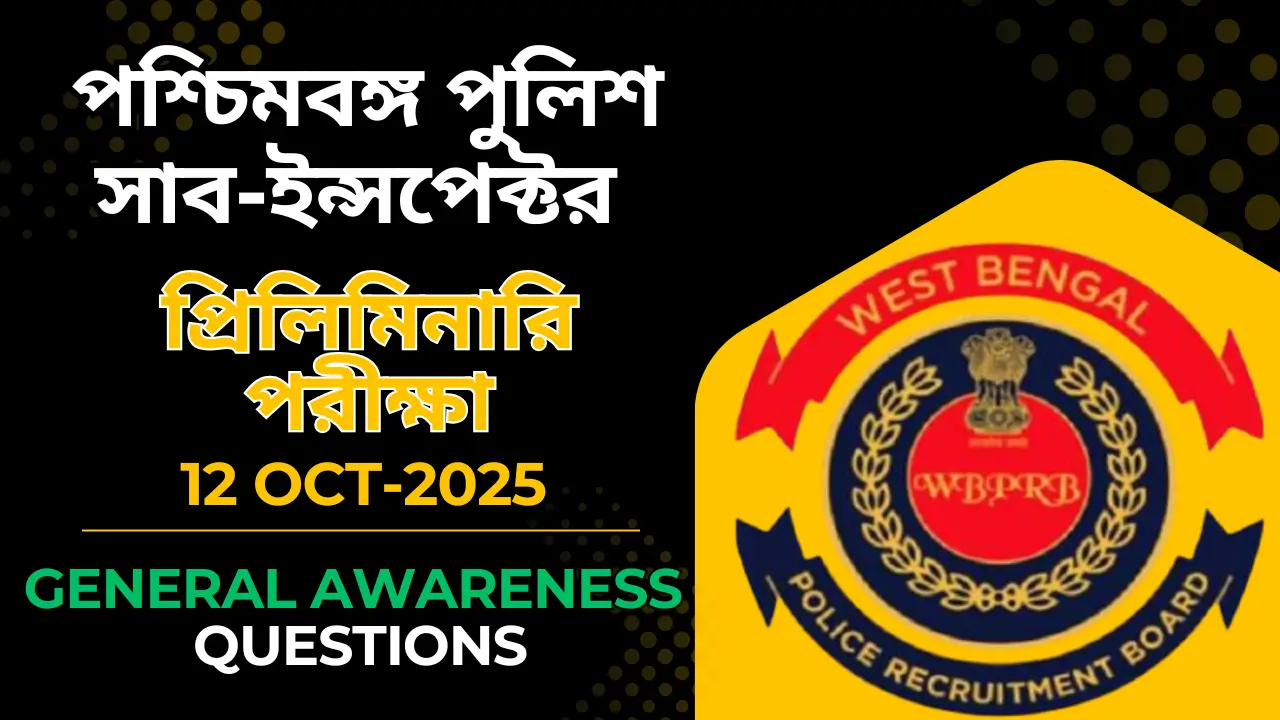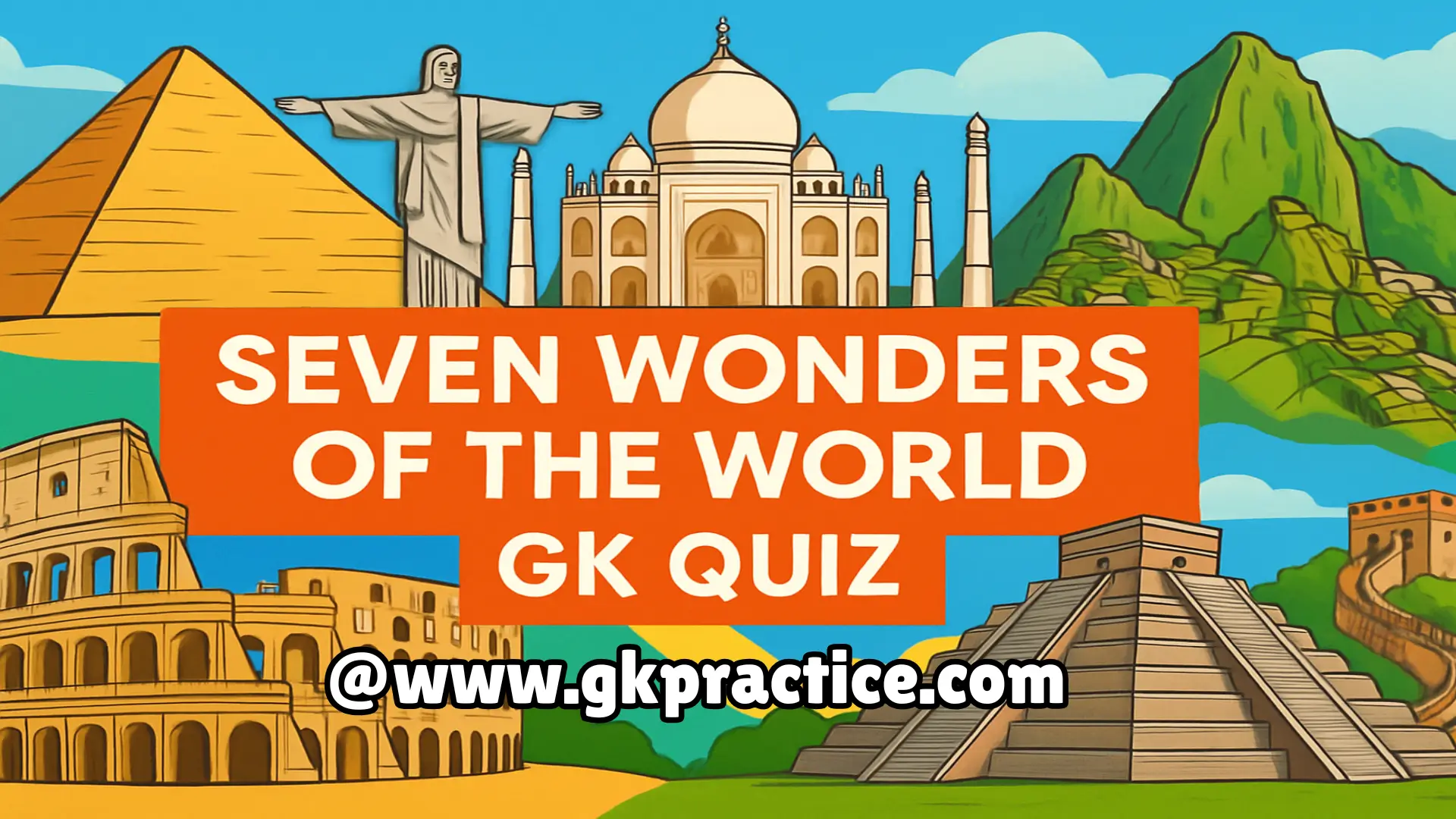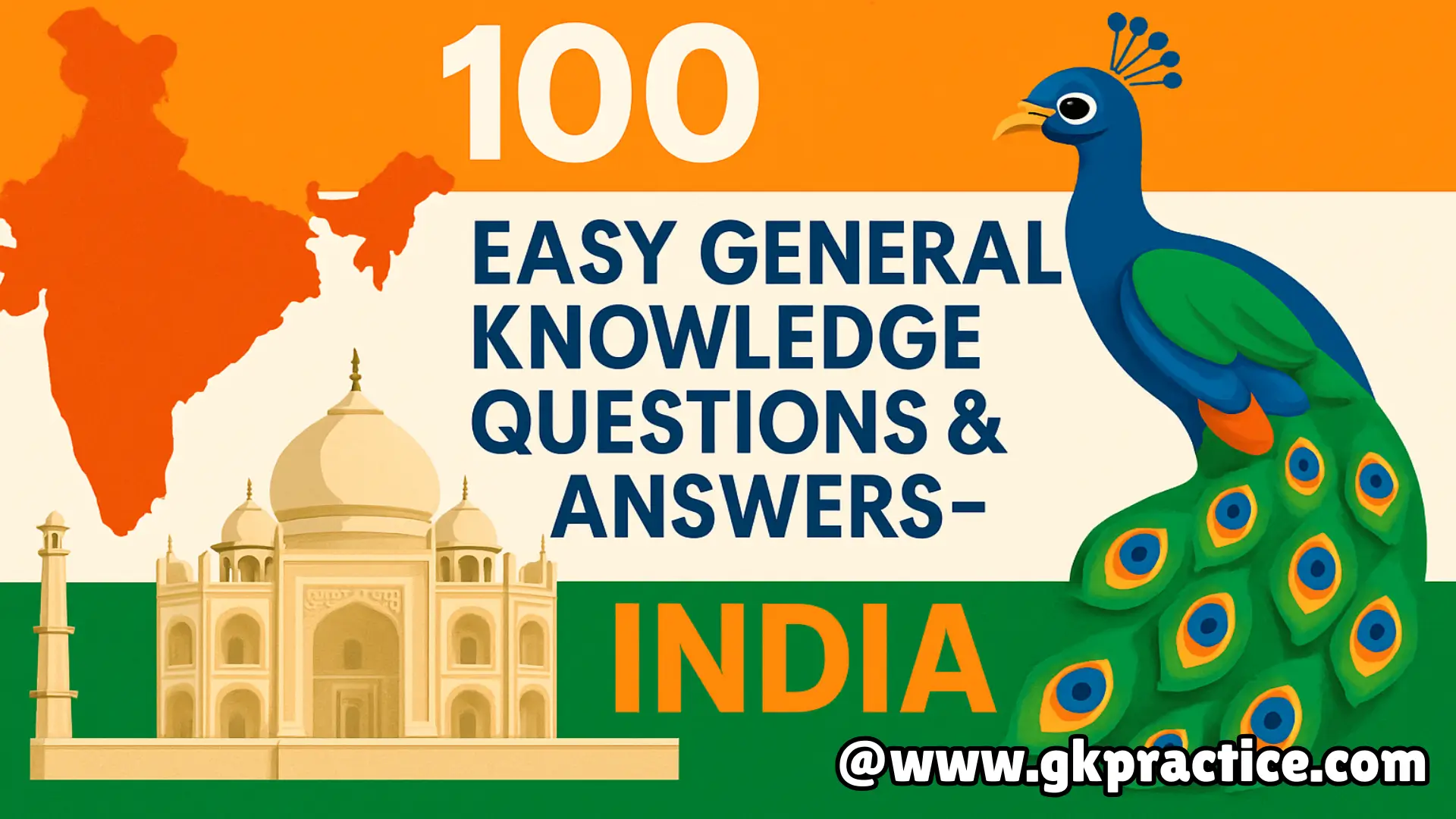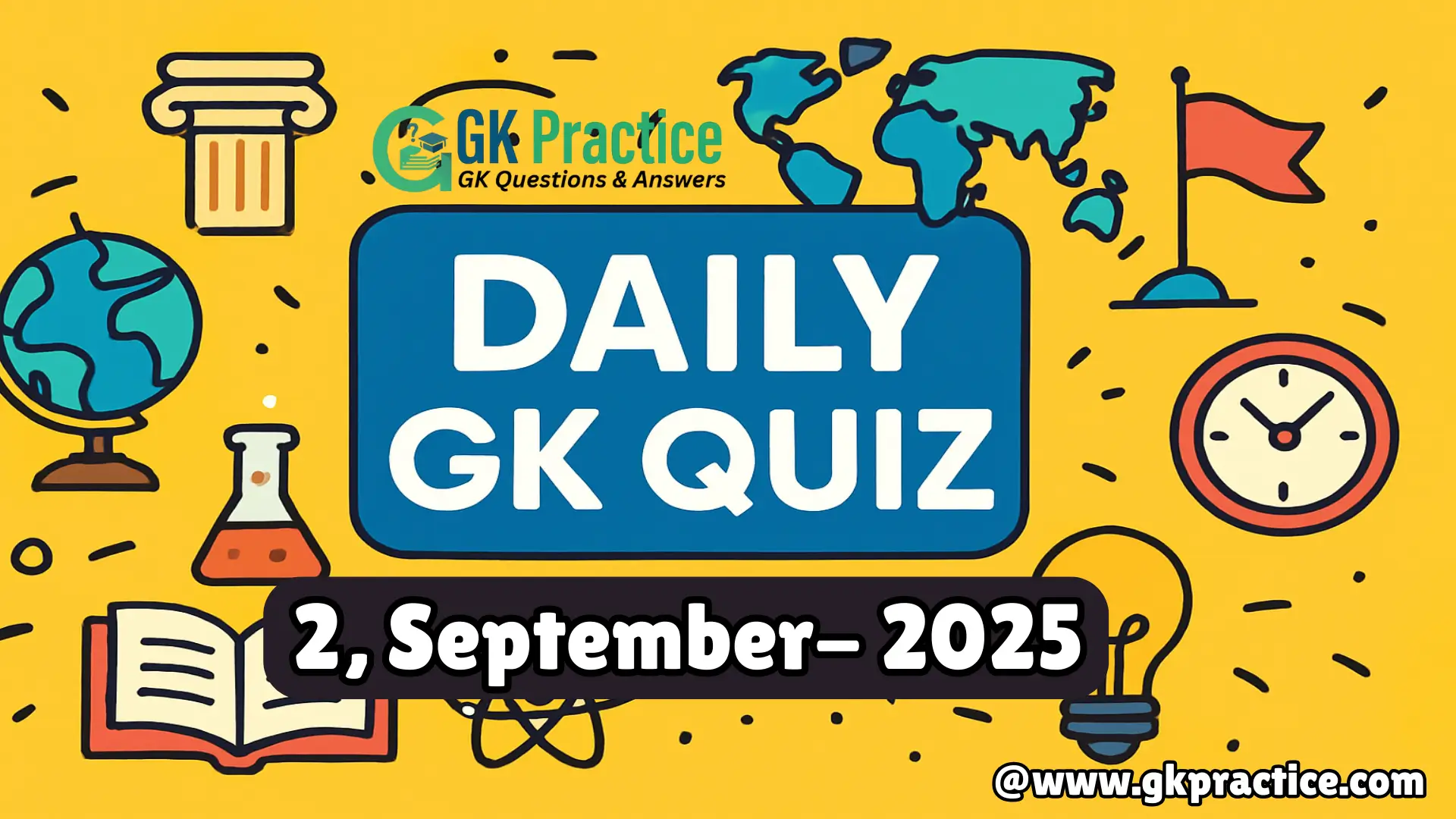কোন চোল রাজা ‘গঙ্গাইকোন্ড’ উপাধি গ্রহণ করেছিলেন?
(A) Rajendra Chola I (রাজেন্দ্র চোল I)
(B) Rajraj I (রাজারাজ I)
(C) Rajadhiraj Chola (রাজাধিরাজ চোল)
(D) Rajendra Chola II (রাজেন্দ্র চোল II)
Explanation: Rajendra Chola I, son of Rajaraja Chola, assumed the title “Gangaikonda Chola” after his victorious expedition up to the Ganga. He also founded the city Gangaikonda Cholapuram.
Q12) Which Mughal emperor was known as Alamgir II?
কোন মুঘল সম্রাট আলমগীর II নামে পরিচিত ছিলেন?
(A) Akbar (আকবর)
(B) Jahangir (জাহাঙ্গীর)
(C) Aurangzeb (ঔরঙ্গজেব)
(D) Bahadur Shah II (বাহাদুর শাহ II)
Explanation: Alamgir II (1754–1759), real name Aziz-ud-Din, was a weak ruler placed on the throne by Imad-ul-Mulk and later murdered. Aurangzeb, however, was known as Alamgir I.
Q13) Which Mughal emperor granted ‘Farman’ in 1717 to the British East India Company?
কোন মুঘল সম্রাট ১৭১৭ সালে ইস্ট ইন্ডিয়া কোম্পানিকে ‘ফরমান’ প্রদান করেন?
(A) Bahadur Shah II (বাহাদুর শাহ II)
(B) Shah Alam II (শাহ আলম II)
(C) Farrukhsiyar (ফরুখশিয়ার)
(D) Muhammad Shah (মুহাম্মদ শাহ)
Explanation: In 1717, Farrukhsiyar issued a Farman granting the East India Company exemption from customs duties in Bengal. This was a turning point for British trade expansion.
Q14) The word Congress was borrowed from
কংগ্রেস শব্দটি ধার নেওয়া হয়েছে
(A) The Congress (Parliament) of the USA (মার্কিন কংগ্রেস/সংসদ)
(B) North American History, to connote an assembly of people. (উত্তর আমেরিকার ইতিহাস থেকে, মানুষের সমাবেশ বোঝাতে)
(C) The Congress of Trade Unions. (শ্রমিক ইউনিয়নের কংগ্রেস)
(D) The Congress of World Religions at Chicago. (শিকাগোর বিশ্ব ধর্ম কংগ্রেস)
Explanation: The term “Congress” was borrowed from American political history, where it meant an assembly of representatives or people. The Indian National Congress adopted the same sense.
Q15) Who gave the title of Rani to the Naga women leader Gaidinliu?
কোন নেতা নাগা নারীনেত্রী গাইদিনলিউ-কে ‘রানি’ উপাধি দিয়েছেন?
(A) Subhas Bose (সুভাষ বোস)
(B) Jawaharlal Nehru (জওহরলাল নেহরু)
(C) Thakkar Bapa (ঠাক্কার বাবা)
(D) Mahatma Gandhi (মহাত্মা গান্ধী)
Explanation: Pandit Jawaharlal Nehru gave Gaidinliu the title ‘Rani’ for her leadership against British rule, and she became popularly known as “Rani Gaidinliu.”
Q16) Name the Chalukya king who defeated Harshavardana.
কোন চালুক্য রাজা হর্ষবর্ধনকে পরাজিত করেন?
(A) Pulakeshin I (পুলকেশিন I)
(B) Pulakeshin II (পুলকেশিন II)
(C) Mangalash (মাঙ্গলেশ)
(D) Kirtivarman (কীর্তিবর্মন)
Explanation: Pulakeshin II (610–642 CE), a great Chalukya king, defeated Harshavardhana on the banks of the Narmada River, restricting Harsha’s influence to North India.
Q17) Bal Gangadhar Tilak introduced the Ganapati Festival in 1893. He held the first Shivaji festival in
বাল গঙ্গাধর তিলক ১৮৯৩ সালে গণপতি উৎসব শুরু করেন। প্রথম শিবাজি উৎসব কোন সালে হয়?
(A) 1884 (১৮৮৪)
(B) 1885 (১৮৮৫)
(C) 1896 (১৮৯৬)
(D) 1897 (১৮৯৭)
Explanation: Bal Gangadhar Tilak started the Ganapati festival in 1893 to unite people. He organized the first Shivaji festival in 1896 to inspire nationalism through historical memory.
Q18) Name the first newspaper in India.
ভারতের প্রথম সংবাদপত্রের নাম কী?
(A) Parthenon (পারথেনন)
(B) Digdarshan (দিগদর্শন)
(C) Bengal Gazette / Hickey’s Gazette / Hickey’s Bengal Gazette (বেঙ্গল গেজেট / হিকির গেজেট / হিকির বেঙ্গল গেজেট)
(D) Samachar Darpan (সমাচার দর্পণ)
Explanation: The Bengal Gazette, also known as Hickey’s Gazette, was the first newspaper in India. It was started by James Augustus Hickey in 1780.
Q19) Who wrote the book ‘Amuktamalyada’?
‘অমুক্তামাল্যদা’ নামক গ্রন্থটি কে রচনা করেছিলেন?
(A) Madhavacharya (মাধবাচার্য)
(B) Ramanuj (রামানুজ)
(C) Krishnadevaray (কৃষ্ণদেবরায়)
(D) Malandhar Basu (মালান্ধর বসু)
Explanation: Krishnadevaraya, the Vijayanagara ruler, wrote the Telugu epic ‘Amuktamalyada.’ It deals with devotion to Lord Vishnu and is a celebrated literary work.
Q20) Where was the first Buddhist Council held?
প্রথম বৌদ্ধ সংঘ কোথায় অনুষ্ঠিত হয়?
(A) Vaisali (বৈশালী)
(B) Pataliputra (পাটলিপুত্র)
(C) Rajagriha (রাজগৃহ)
(D) Malava (মালভ)
Explanation: The First Buddhist Council was held at Rajagriha in 483 BCE soon after Buddha’s death, under the patronage of King Ajatashatru and leadership of Mahakassapa.

